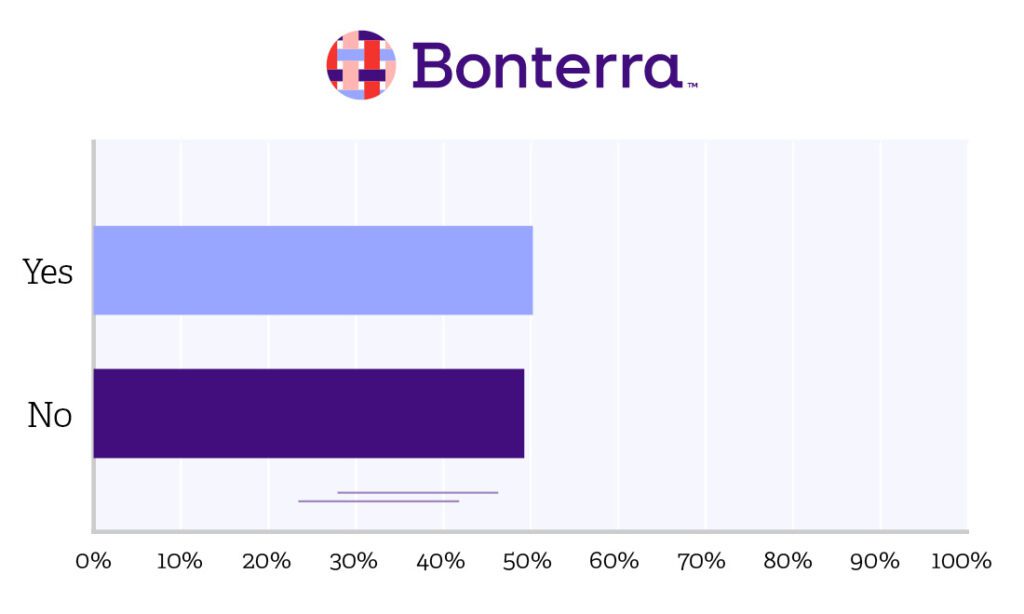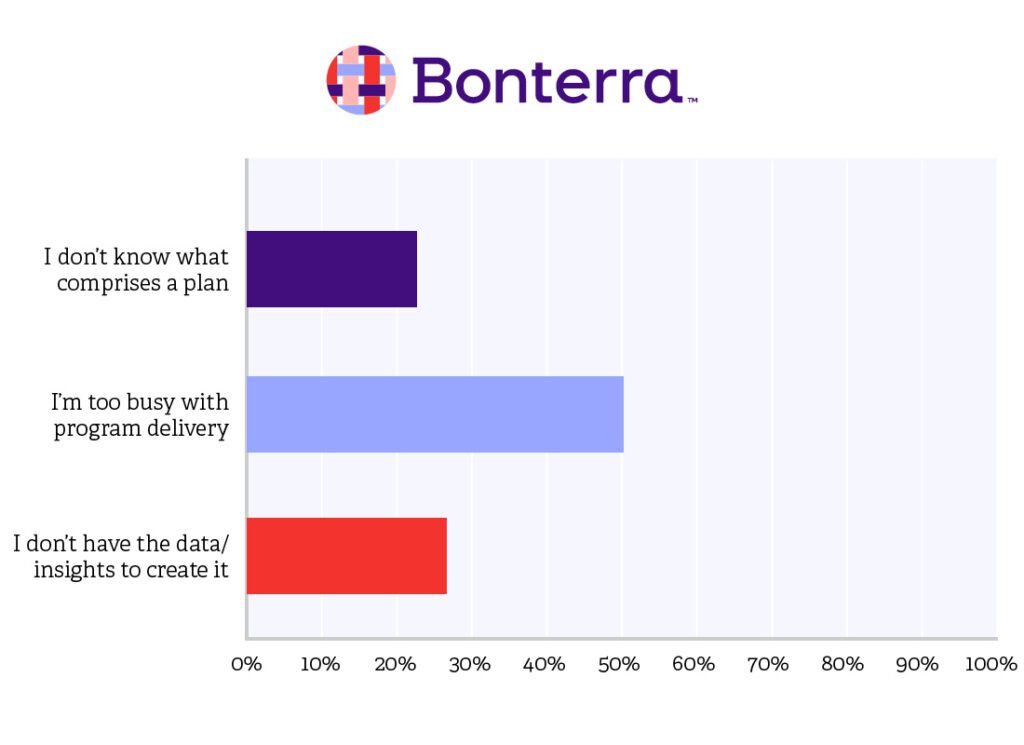Sustainable funding for nonprofits: What you need to thrive

A healthy nonprofit organization has multiple sources of funding, including individual giving, grants, public funding, and even investment revenue. Depending entirely on grants or public funding can be risky, as either could be lost without any control on the part of the nonprofit. A robust fundraising program provides needed financial security, expands your impact in the community, and grows awareness for your cause.
How do you make sure your fundraising is successful? The best way to get started is to sit down and create a strategic fundraising plan.
Why do strategic fundraising plans matter?
According to the Individual Donor Benchmark Report, the number one indicator of success is having a written fundraising plan. Fundraising plans outline the revenue sources your organization expects to receive and the amount of money you expect to earn from each of those sources.
Nonprofits with fundraising plans are more likely to be successful. Why? The act of planning—going through last year’s numbers, analyzing results, assessing your financial health, and looking for growth areas—gives you a healthy foundation to improve your programs. It keeps you focused, helps you think critically about new fundraising ideas, and ensures your activities further your mission.
Do nonprofits regularly create fundraising plans?
Bonterra (formerly Network for Good) conducted a survey of 10,000 small to mid-sized nonprofits to learn more about how they depend on fundraising plans, and the results were illuminating.
Let’s look at the survey results, starting with the first question:
Do you currently have a written, 12-month fundraising plan from which you manage revenue-generating activities to balance your budget?

This graph shows that just over 50% of nonprofits currently use fundraising plans and just under 50% don’t. This means that about half of nonprofit organizations could do more to improve the sustainability of their fundraising.
The next question dove deeper into the obstacles preventing organizations from creating fundraising plans:
If you don’t have a fundraising plan, what is the leading factor that is hindering your ability to create and implement one?

The leading factor preventing nonprofit managers from developing a written fundraising plan is a lack of time (about 50%). Then, nonprofits reported a lack of data (just under 30%), followed closely by a lack of knowledge of what makes a good fundraising plan (just over 20%).
If you’re one of these organizations that hasn’t yet created a fundraising plan, the first step is to carve some time into your schedule to make one. Try carving out an hour or two on your calendar. Then, dedicate that time to crafting the first version of your plan.
Of course, it takes more than just crafting a fundraising plan to ensure success—plan creation is just the beginning.
You also need to make sure your fundraising plan encompasses your ideas for your case for support, new fundraising opportunities, and how you’ll use technology such as Bonterra Donor Engagement’s Guided Fundraising solution to track and build donor relationships.
Developing your sustainable fundraising plan
Sustainability depends on not spreading your fundraising revenue sources too thin. In other words, don’t put all of your eggs in one basket. Instead, focus on diversifying your revenue streams. Then, include estimates of how much revenue you expect to generate from each of those streams.
For example, some revenue sources you might include in your fundraising plan include:
- Major donors, often the greatest source of revenue for nonprofit organizations
- Grant funding, which is great for one-time projects, but difficult to rely on year after year
- Public funding, which is subject to change, so don’t rely on it too heavily
- Individual donations, the fundraising area your nonprofit has the most control over and likely relies on heavily
- Earned revenue from selling your organization’s services
- Board members, who, if prompted, can play a role in fundraising for your cause
Consider the past amount of revenue you’ve earned in each of these different categories, then develop estimates based on how much you think your organization can earn from each source this year.
Your fundraising plan should also come equipped with your case for support that you can leverage to earn new fundraising revenue from your existing and new supporters. Also, be sure to outline your ideas to attract new donors as well as your scheduled fundraising events and relationship-building activities.
Fundraise with your future in mind
While many nonprofits regard fundraising as a way to survive, it can be more than that. With effective planning processes and the right technology, your organization can start using your fundraising plan for growth. You can bolster your programs and grow your organization’s impact.
READY TO GET STARTED?
Work with Bonterra



